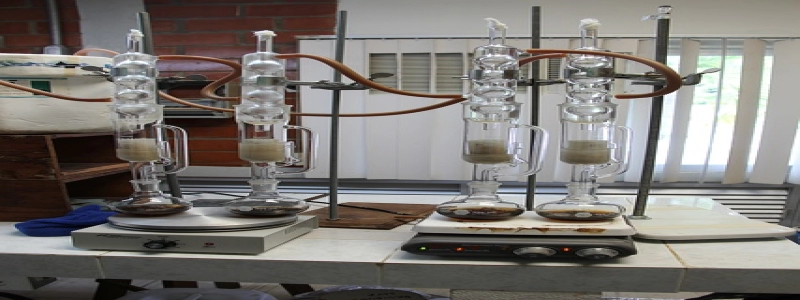Wavelength of Laser
Sissejuhatus:
The wavelength of a laser is a crucial characteristic that determines its application and performance. Selles artiklis, we will explore the concept of the wavelength of a laser and discuss its importance in various fields.
I. Definition of Wavelength:
A. The wavelength of a laser refers to the distance between consecutive points of the same phase on a laser beam.
B. It is usually measured in units of length, such as meters (m) or nanometers (nm).
II. Significance of Wavelength:
A. Different wavelengths of lasers are suitable for different applications.
1. Short-wavelength lasers, such as ultraviolet (UV) lasers, are used in industries for high-resolution imaging and precision cutting.
2. Medium-wavelength lasers, such as visible lasers, find applications in telecommunications, barcode scanners, and laser pointers.
3. Long-wavelength lasers, such as infrared (JA) lasers, are employed in areas like remote sensing, fiber optics, and medical treatments.
III. Determination of Wavelength:
A. The wavelength of a laser is determined by its lasing medium and the energy levels involved in the stimulated emission process.
B. Various laser technologies result in different wavelength options.
1. Gas lasers, such as helium-neon (He-Ne) lasers, emit visible red light with a wavelength of approximately 632.8 nm.
2. Solid-state lasers, including neodymium-doped yttrium aluminium garnet (Nd: YAG) lasers, produce infrared light at around 1064 nm.
3. Semiconductor lasers, like diode lasers, offer a broad range of wavelengths from ultraviolet to infrared, depending on the materials and design.
IV. Applications of Laser Wavelength:
A. Industrial Applications:
1. Short-wavelength lasers are used for precision machining, material ablation, and microscopic imaging in scientific research and manufacturing.
2. Medium-wavelength lasers are employed in barcode scanners, laser printers, and optical communication systems.
3. Long-wavelength lasers find applications in heat-sensitive material processing, remote sensing of atmospheric gases, and optical coherence tomography (OKT) in medical diagnostics.
B. Medical Applications:
1. Lasers with specific wavelengths are utilized in surgical procedures, such as laser eye surgeries and laser hair removal.
2. Laser therapy, involving the selective absorption of light by specific tissues, is used in dermatology for various skin treatments.
C. Scientific Research:
1. Different wavelengths of lasers are used in spectroscopy to analyze molecular and atomic structures.
2. Researchers utilize lasers of specific wavelengths to investigate phenomena like fluorescence, Raman scattering, and laser-induced breakdown spectroscopy.
Järeldus:
The wavelength of a laser plays a fundamental role in determining its applications and the scientific and technological advancements it can facilitate. The ability to select a suitable wavelength allows us to harness the potential of laser technology in various fields, ranging from industrial and medical applications to scientific research. Understanding the concept of laser wavelength is crucial for researchers, engineers, and professionals working with lasers to achieve meaningful and impactful outcomes.








